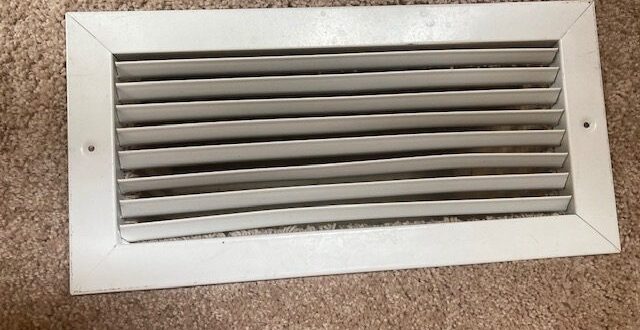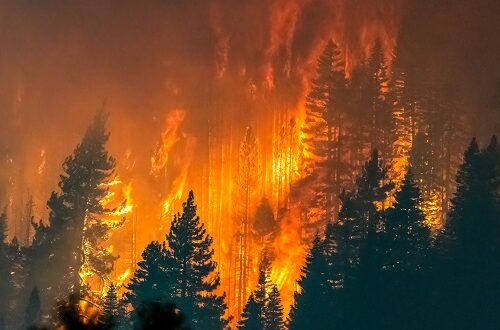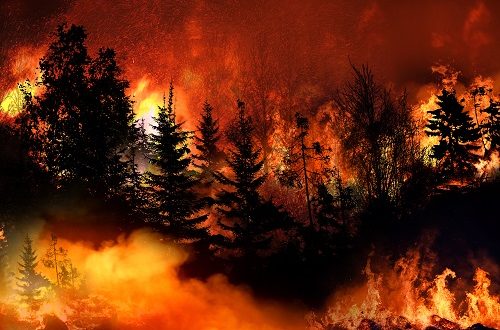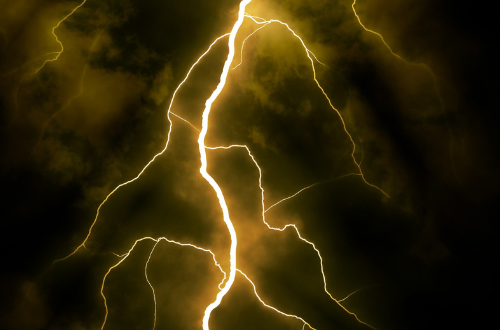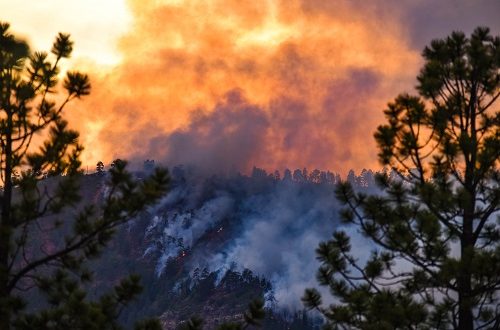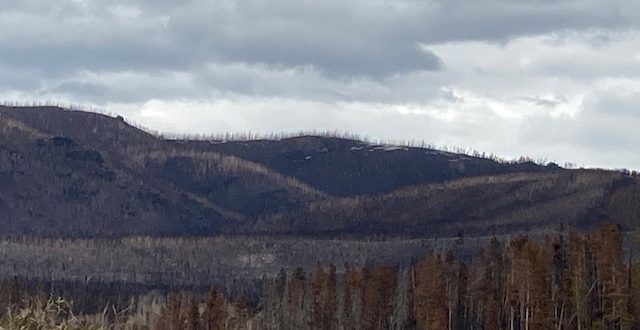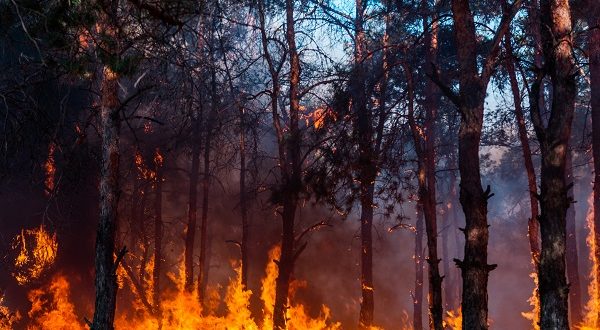There are a few elements of a home that are problematic for wildfires. The vents are among the top priorities. It doesn’t matter if you’re building a home or maintaining a current home; you need to pay attention to the vents. The vents are essential for a living space. You’ll just need to make sure they’re made with the right material to make it harder for your home to catch fire from flying embers. The Need for Vents in a Home Your vents will help to circulate the air around your house. You’ll be able to keep the temperatures in the attic down. Heat rises, and it needs to go somewhere. If there are no vents, it’s going to get
(719) 400-9104
office@coloradomastication.com
Ground, surface, and crown are the three basic types of wildland fires. You need to understand the behaviors of each of them. Only then can we understand their dangers, how they travel, and how they can be extinguished. Ground Wildfires Ground fires are mostly found in times of extreme drought. They burn with intense heat, which can mean they kill off even the largest of trees. It’s possible for them to spread fast as they take out all the fuel that surrounds them. Ground fires are important for the natural lifecycle of the environment, though. They sterilize the soil, which can be beneficial for certain types of plants. At the same time, they can be some of the most dangerous.
It doesn’t matter how well you prepare. When the conditions turn extreme, fire will spread quickly. You can do everything recommended, and you can still end up facing the biggest nightmare of your life. This doesn’t mean it’s not worth taking steps to protect your home. However, you’ll need to understand what extreme fire conditions mean to help you know when it’s time to just get out of dodge. Dropping in Humidity Levels Humidity in the air is a good thing for preventing fires. It’s when the humidity drops that you want to pay close attention. Look out for when the humidity levels drop to below 20%. You’ll also want to keep an eye on moisture content of small fuels.
When you camp in areas with a lot of greenery, you’ll find that making a campfire is pretty difficult. This doesn’t seem like a good thing for you at the time, but it is when it comes to the safety of you and people and wildlife around. Green forests are healthy forests. The moisture in the branches and the soil will help to reduce the risk of fire. When there’s drought, the moisture content in living plants drop, and this can lead to disaster. Dead Plants in Moist Conditions You’ll hear a lot about how dead and diseased plants are the problem for wildfires. They are a big problem, but when in moist conditions, they offer a smaller threat. While
Understanding how wildfires get started is key to reducing the risk of them. Forest fires can start from natural causes, and there is little you can do about them. However, there are also human causes, and these are the ones that we can all do a part in preventing. Lightning Striking the Tree One of the most natural reasons for fires to start is lightning striking a tree. This is usually a dead or diseased tree since there won’t be any moisture in them. However, the lightning can also strike healthy trees and cause problems. This is usually when lightning strikes without any rain or when the water has already absorbed due to the heat. Lightning strikes can’t be stopped.
Fires need certain elements to burn. They make use of everything around them to keep burning, and part of that is the wind. And you’ll know that windspeeds can easily hit 60mph, with some reaching as high as 100mph. If fires ignite during a wind event, it will lead to the flames spreading for hundred of yards. It doesn’t matter if there is a lot of fuel nearby. The wind will help the sparks travel, which is why it’s so important to have the right zones around your house when you build it in an area prone to wildfires. The Creation of Fire Spots When fires start during a wind event, the wind will blow some of the sparks to
You’ll hear a lot about wildfires affecting certain parts of the world more than others. Most of this comes from the ecosystem—the plant life around the area. Some ecosystems are fire-dependent, which means they need some sort of fire to help create a balance. If there hasn’t been a fire for some time, a massive fire can break out to balance the deficit. Alternatively, the ecosystem can change, and other species of trees and shrubs will move in. It’s possible to look back at fire patterns over the decades to see how your area has been affected. This will also offer you a chance to see the chances of a major fire in the coming years. Fires Are Often Necessary
Contact us at (719)400-9104 to schedule and estimate on removing beetle-killed forests. The mountain pine beetle is in the media a lot. This insect has managed to kill a lot of forests. A total of 3.3 million acres of land in Colorado alone has been affected by mountain pine beetles, with spruce beetles killing another million acres. It was lodgepole pines affected first, but now the beetles have moved onto ponderosa pines. The Hardiness of the Beetles A mountain pine beetle is one of the hardiest of all insects. The larvae can withstand the extreme cold thanks to the glycol (the chemical compound that creates antifreeze!) within the outer layers. It would take bark temperatures of -30F to kill the
When it comes to protecting your land from a wildland fire, you need to understand more about the natural situation heading your way. It’s important to understand how fires start, and what they need to keep burning. Wildland fires are natural. They start on their own, and they even have a place in the lifecycle of forests and woodland. It’s all about the “fire triangle.” What is the Fire Triangle? Wildfires will move fast in the direction of where there’s the most supply of the elements they need. The elements make up the fire triangle, so to control the fires, the triangle needs to collapse. This is how firefighters work to put out the fires. Heat, fuel, and oxygen make
Wildfires can happen. There’s no point hoping that they don’t affect you or wishing that they didn’t happen. The best thing you can do is be prepared. Evacuation during wildland fires is the safest option for everyone. There will be times the evacuation is ordered by the officials in an attempt to preserve as much life as possible. You’ll need to ensure your phones are set up to allow the emergency notifications. Everyone with a cell phone should have these set up. Here are the top tips to be ready for this. Have a Family Disaster Plan One of the best things you can do as a family is have a plan. Know what everyone will need to do if
